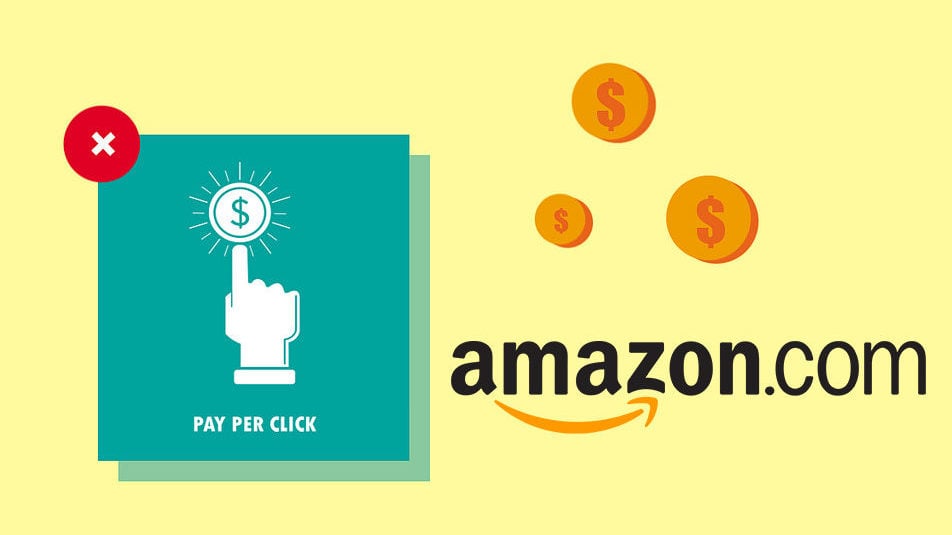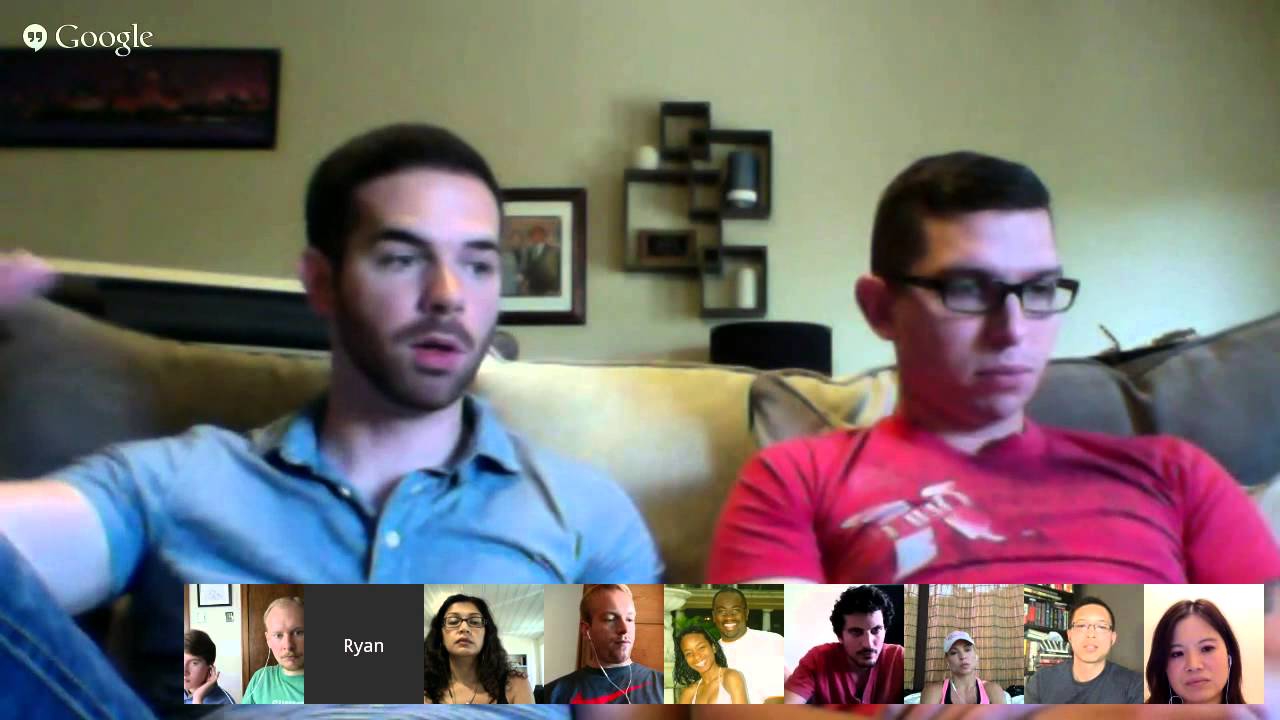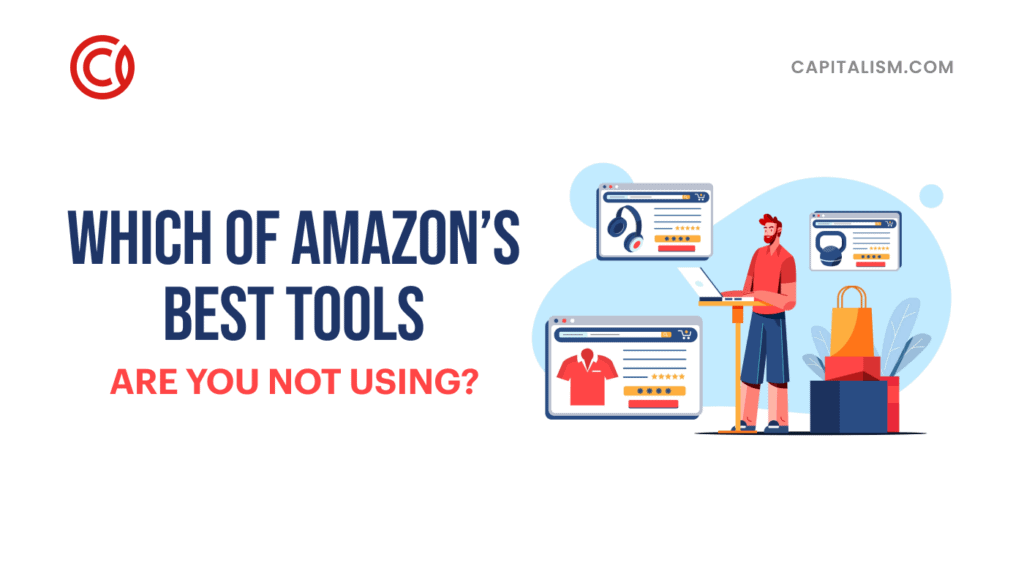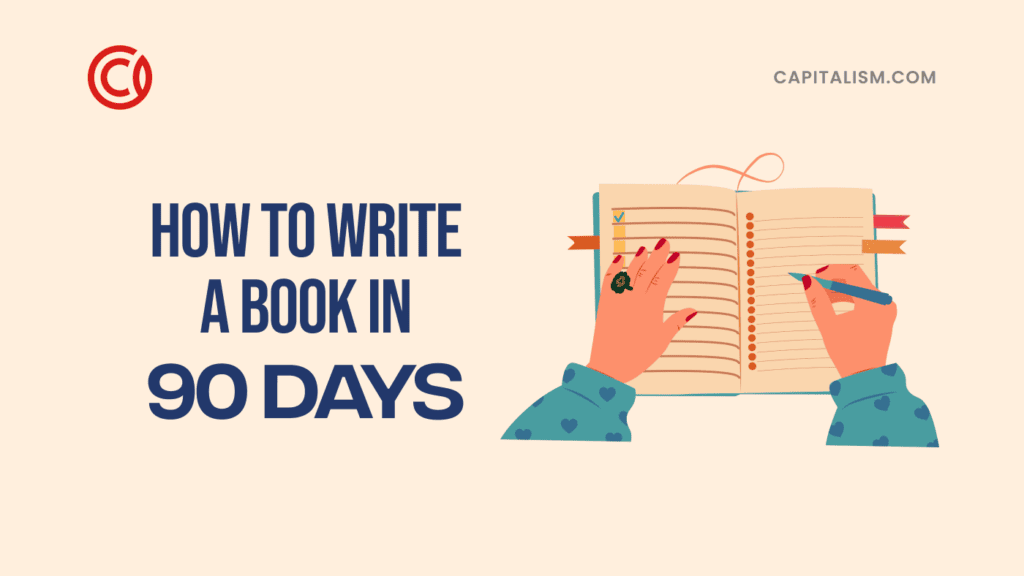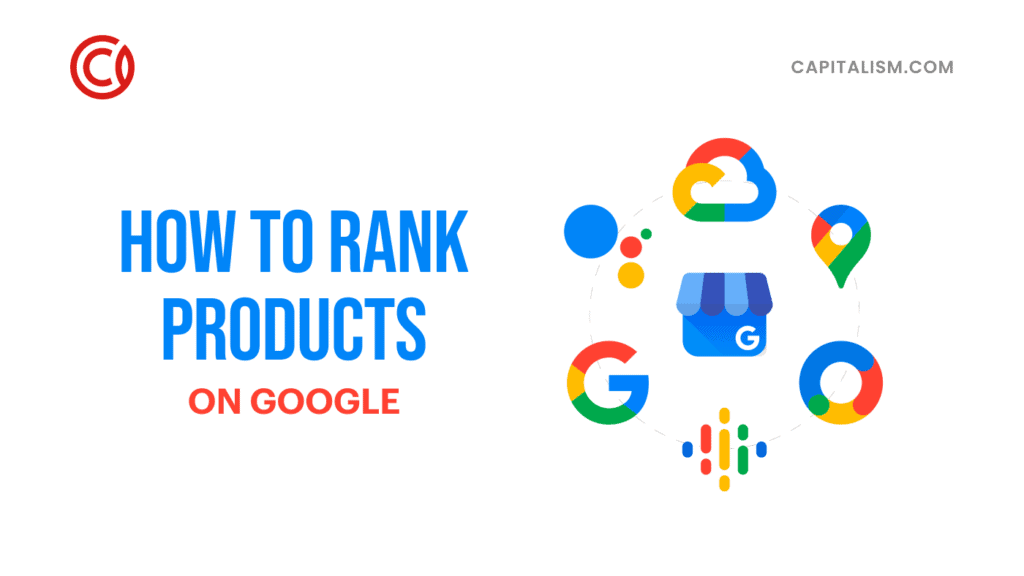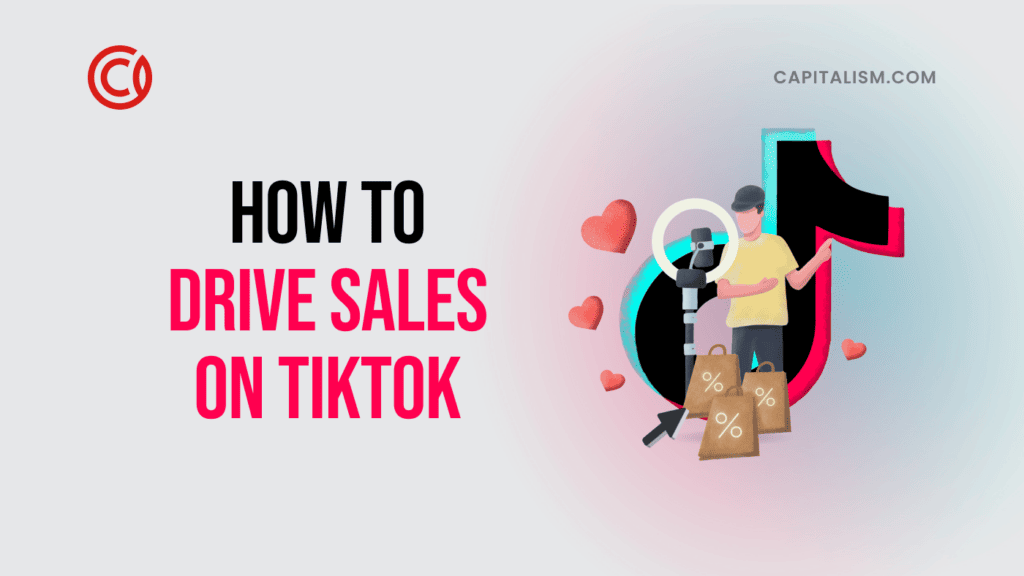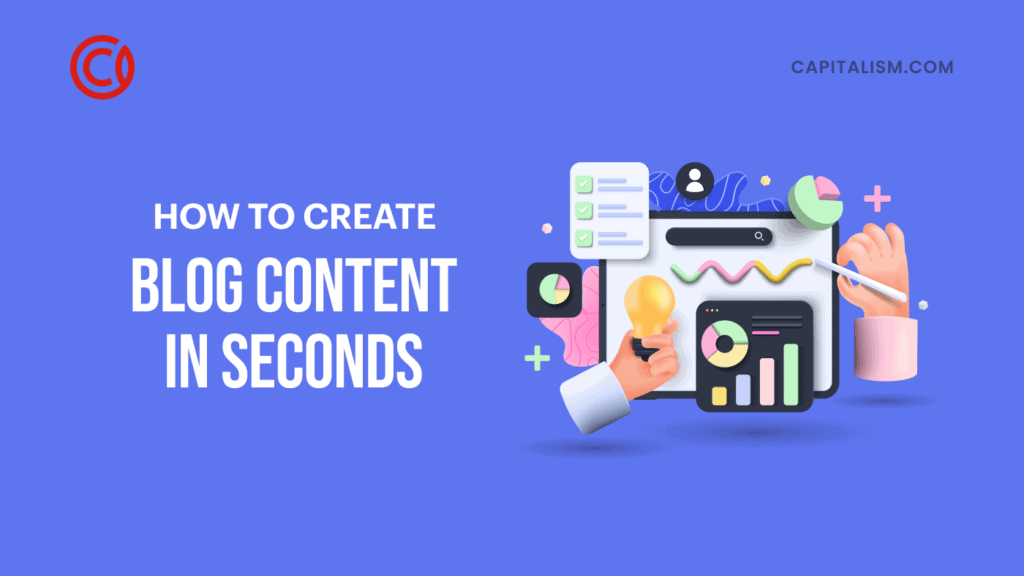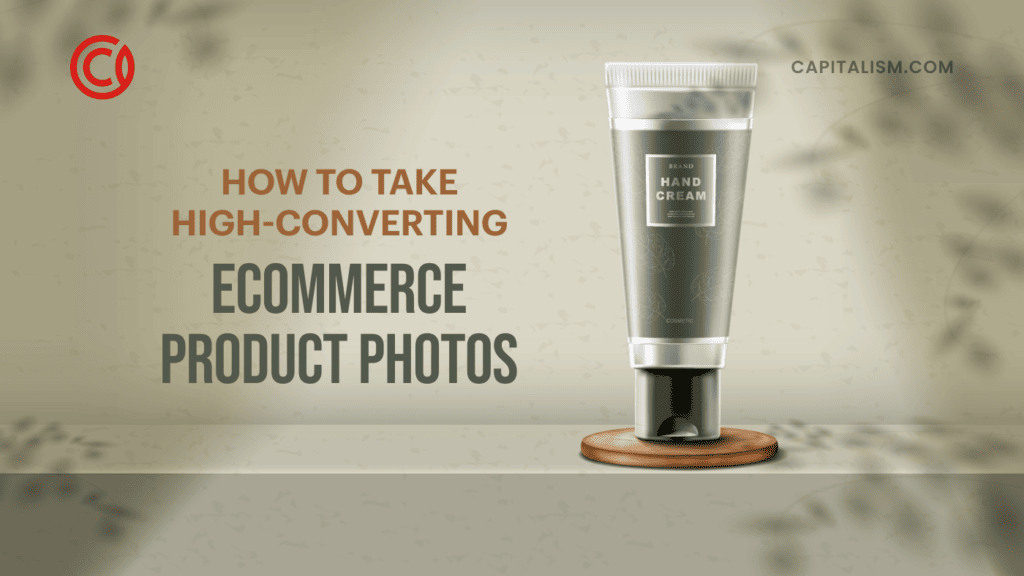Admit it. You’d love to sell more products on Amazon. Wouldn’t it be amazing to outrank competitors for each of your high traffic keywords? To have a consistent stream of revenue flowing into your account?
The Amazon Sponsored Products program or Amazon Pay Per Click campaigns makes that possible.
Amazon Sponsored Products enables retailers to promote their products. You pay for increased visibility on Amazon. Amazon drives motivated customers to your product listings. Amazon bills you on a pay per click (PPC) basis. You only pay for what you use. It’s a win/win all around, right?
Not so much these days.
The Amazon pay per click landscape is crowded
The competition for customer attention on Amazon is fierce. The cost per click (CPC) for head keywords is growing. Sellers are becoming more sophisticated. It’s getting harder to outperform competitors on Amazon.
Believe it or not, this is good news.
Generally, Amazon sellers are focused on the low hanging fruit, the easy or basic details of a successful PPC campaign. Most aren’t focused on the more difficult components of a successful campaign. Sellers typically create a new campaign, add a bunch of keywords, set their budget and launch their campaign.
It’s not enough.
Fortunately, there are some easy things you can do to leverage Amazon pay per click for more sales.
1. Optimize your campaigns
There are two kinds of Amazon pay per click campaigns: Automatic and manual.
With automatic campaigns, Amazon uses your product info to target relevant customer searches. Add in some basic details (e.g. product, budget and ad group, etc.) and you're ready to go. With manual targeting your ads appear when a customer's search matches keywords you provide.
Automatic is broad, manual is focused.
Which one do you choose? You use both.
Your automatic campaign tasks should be used to identify:
These tasks need regular attention. The more disciplined you are with your automatic campaigns, the better they'll perform. Automatic campaigns are broad tools that should be monitored carefully. These aren't set and forget campaigns. They need strict financial controls.
Manual campaigns should be used to:
Here's an easy way to optimize your Amazon pay per click campaigns:
Do these tasks consistently. Easy right?
When they're done consistently, these tasks are easy to learn and easier to do. That's the problem.
Most sellers aren't disciplined enough to do these tasks consistently. That's how you win. Do these tasks consistently and you pull ahead of your competitors in time.
2. Identify and optimize your ACoS
Your Advertising Cost of Sale (ACoS) is your cost per conversion, what it costs to make a sale. You can find your ACoS in the keywords tab of the advertising tab in your account.
So let’s say you’re selling shoes.
If we subtract our fees/expenses from our sale price we’re left with $36 in profit per product. This tells us we can spend $36 to win a sale and still come out ahead financially. From there calculating your ACoS is pretty straightforward. Just divide the net income by the sale price ($36/68 = .53).
What does this mean?
We have a 53% ACoS. Any keyword with an ACoS of 53% or less is profitable. Here’s the part most sellers miss. You’re in control of your ACoS. You can increase your sale price or decrease your expenses. How?
You ask!
Ask vendors and suppliers for a discount or incentive. Give them a reason to say yes, then make it easy for them (e.g. extended contract, referrals, partnerships,). It’s easier to get what you want if you’re a pleasure for vendors and suppliers to work with.
Asking can increase your sale price too.
Reach out to customers (or people in your target audience). Then ask for feedback. Ask about their problems; work to identify their desires, goals, fears, and frustrations – as it relates to your product. Then give customers what they want as a bonus, buy one, get one or incentive.
If you’re selling Thermoses, ask customers if they’d like a free LifeStraw with their order. Then ask LifeStraw if they’d be willing to give 500 customers a free LifeStraw. If they say no, ask for a discount, and then add it as a bonus to your Thermoses.
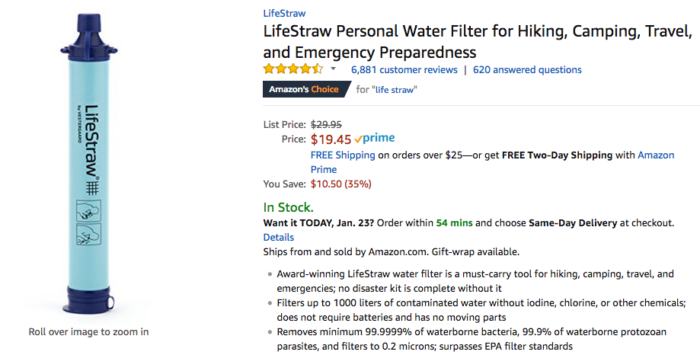
You can create the deal you want, if you know how to ask.
3. Optimize and refine your keywords
Once your manual campaigns are up and running you'll want to identify the keywords that convert to sales and their respective ACoS. You'll also want to filter your keywords by ACoS. It's as easy as running a report.
Remember our example?
We had a ACoS of 53%. Our goal should be to decrease our bids on keywords with a ACoS that's higher than 53%, and increase bids on keywords below that. What if our ACoS is higher than 53% but it's making sales? We adjust our bids. Our goal should be to find the sweet spot where this keyword is still converting but under our target ACoS.
What about your 80/20 keywords? The keywords driving a disproportionately high amount of sales at a great ACoS? Filter by order numbers helps us to identify these top performers. What happens when we find them?
We set their match type to exact and we give them more money!
Use exact match for profitable keywords, phrase match to identify permutations, and broad to identify new and negative keywords.
4. Optimize and refine your product listings
You've done it.
You've identified your 80/20 keywords. These keywords are your money makers, your golden eggs. It's time to optimize your product descriptions and content.
You'll want to follow Amazon best practices when creating your listing.
Optimize your product listing around your top performing (by ACoS) keywords. Be sure to include hidden keywords in your listing. It's an easy way to attract customers via Amazon and Google search.
Want to keep going?
Focus your attention on your top five features. Use problems and solutions in each of these feature descriptions. Add your keywords to the beginning of your title and descriptions. Continue to test, tweak and optimize your product listings using keyword data from your top performers.
5. Ask more customers for more reviews
A recent study by Go Fish Digital found low reviews or negative reviews have a negative cascading effect on sales.
If you're an unknown brand selling an unknown product on Amazon you need positive reviews. It's a good idea to have 50 to 100 reviews, and five positive reviews for every negative review you receive.
Five star reviews boost sales.
Some sellers feel reviews aren't entirely necessary. Here's why that's a problem.
It's not about the sales you made, it's about the sales you lost. It's a difficult thing to quantify when you have no reviews. It's much easier to quantify when you receive negative reviews because Amazon shares that data with you.
# people found this helpful. Was this review helpful to you? Yes | No
Take a look at this negative review of Dyson's Robot vacuum cleaner. 195 people found this negative review helpful (e.g. customers felt they dodged a bullet).

You can outrank and outsell your competitors
With the Amazon Sponsored Products program you can use high traffic keywords to drive the customers you want to your products.
You pay for increased visibility on using Amazon pay per click. You only pay for what you use. It’s a win/win all around, if you're willing to do what your competitors won't.
MORE DIGITAL MARKETING STRATEGIES ON CAPITALISM.COM:
• How New Entrepreneurs Sell Millions on Amazon (The Definitive Guide – Revisited)
• How to Rock Facebook Advertising for More Sales in 2018
• 3 Powerful Tools the Top eCommerce Businesses Use to Accept Online Payments
